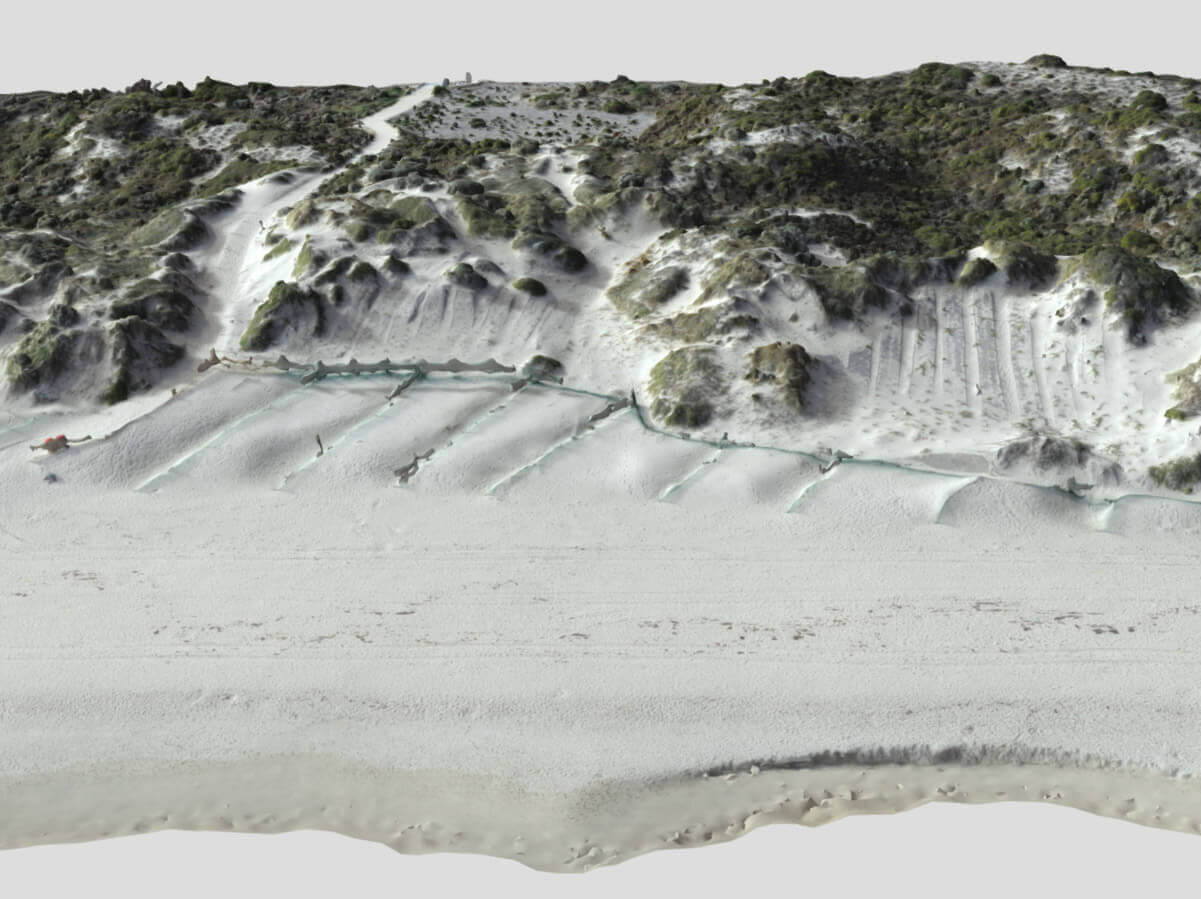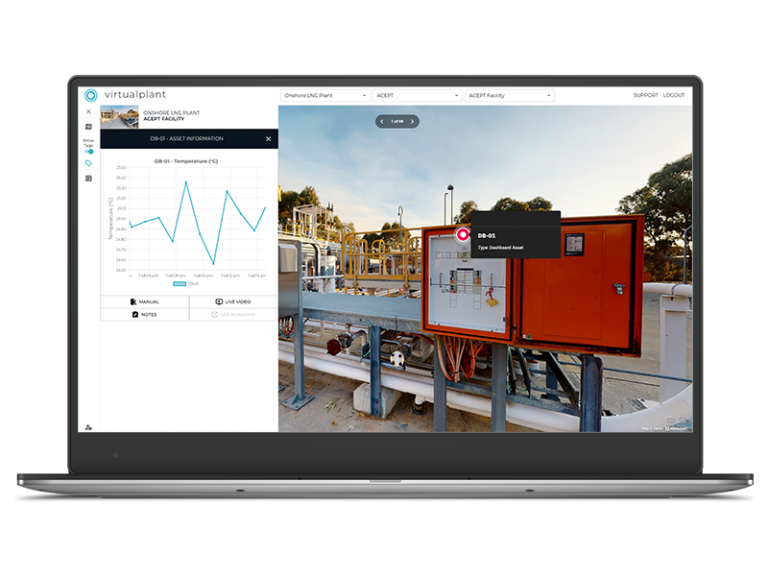The Town of Cambridge manages a 4.5 km stretch of coastline, including the longest continuous area of natural coastal vegetation in the Perth metro region. Floreat Beach, characterized by wave-dominated shores, faces significant coastal dune erosion, leading to its designation as a Coastal Erosion Hotspot by the Western Australia Government. As per the government’s recommendation, there was a need to “Collect information on local coastal dynamics to better understand sand movement, landform stability, and shoreline response at a hotspot-specific scale.”
The project’s central objective was to ground-truth sand movement, accurately documenting erosion or accretion trends, and assessing the effectiveness of dune stabilization treatments. It aimed to provide valuable insights into the impact of these treatments and offer precise monitoring and mapping of dynamic elements such as dune stability, vegetation cover, and human impact on the coastal environment.
The project presented a series of unique challenges.
The coastal environment’s sensitivity, coupled with the dynamic forces of nature, made data collection a complex task.
Unpredictable sand movement and the ever-shifting stability of landforms added to the complexity of the mission. The urgency of addressing coastal dune erosion emphasized the need for data-driven solutions.
To address the challenges, RemSense proposed a comprehensive solution, leveraging advanced drone technology:
The adoption of a drone-based survey and mapping system over traditional land-based methods yielded impressive results:
The project’s monitoring trial spanned 12 months and encompassed four aerial surveys capturing seasonal variations from spring (2018) through summer, autumn, and winter of 2019. This comprehensive approach resulted in a rich and detailed dataset, enabling robust documentation and analysis of coastal dynamics and the effectiveness of dune stabilization treatments.

The future of Asset Management is just one click away

This website uses cookies to ensure you get the best experience on our site. To find out more read our privacy policy.